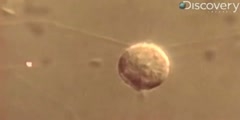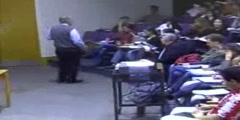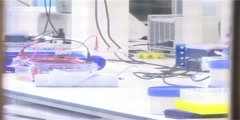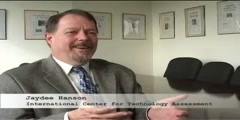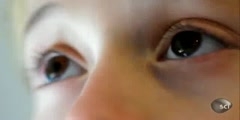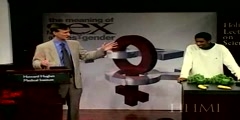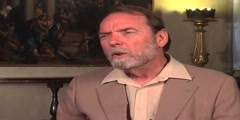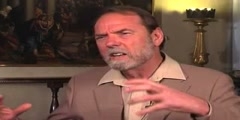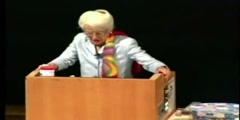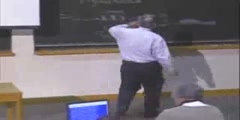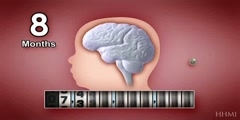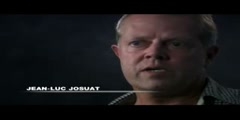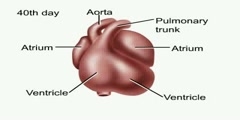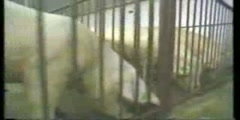Human Cloning
Cloning, Ian Wilmut with Dolly, the world’s first cloned mammal. Wilmut led a team of scientists who created .Cloning happens all the time in nature—for example, when a cell replicates itself asexually without any genetic alteration or recombination. Prokaryotic organisms (organisms lacking a cell nucleus), such as bacteria and yeasts, create genetically identical duplicates of themselves using binary fission or budding. In eukaryotic organisms (organisms possessing a cell nucleus) such as humans, all the cells that undergo mitosis, such as skin cells and cells lining the gastrointestinal tract, are clones; the only exceptions are gametes (eggs and sperm), which undergo meiosis and genetic recombination. In biomedical research cloning is broadly defined to mean the duplication of any kind of biological material for scientific study, such as a piece of DNA or an individual cell. For example, segments of DNA are replicated exponentially by a process known as polymerase chain reaction, or PCR, a technique that is used widely in basic biological research. The type of cloning that is the focus of much ethical controversy involves the generation of cloned embryos, particularly those of humans, which are genetically identical to the organisms from which they are derived, and the subsequent use of these embryos for research, therapeutic, or reproductive purposes.
